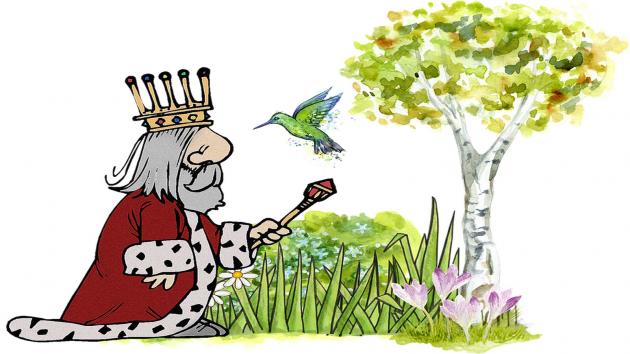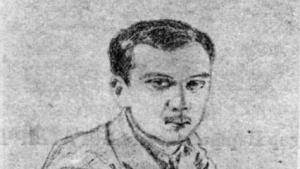
One way to gain flexibility in our tactical play, is by moving the king in advance. In this way, not only do we avoid checks, but we also await the opponent´s next step, on which we could base our following actions. Interestingly, this kind ...

With combination we often refer to a sequence of moves that wins material or produces mate. However, there are also combinations which let us improve our position in a more long-term perspective. I touched upon this subject in my book Mastering Ch...

One common reason for tactical failure is the lack of attention to the whole board. In the heat of the battle, we often focus, subconsciously or not, on a specific zone of the board, where the "action" is. Needless to say, this can have disastrous...

Solving endgame studies is known as an excellent way to improve your calculation skills. But what about composing them? I have always had a weakness for this activity, and I believe it can help your tactical vision (move orders, intermediate moves...

The King's Indian might not be as popular today as back in Kasparov's days, but it remains a very dangerous and complex opening for White to deal with. One critical reply is the Bayonet Attack (9.b4), popularized by Kramnik. Another popular choice...

In this final part of my article about candidate moves, we will have a look at some situations where the best move cannot be easily found without first having checked another candidate move. The latter will lead us to some kind of secret in the po...

Good idea, bad execution? This is a common issue in everyday tactics. In order to make our ideas work, we must carefully consider the move order involved. Here are some examples on this topic.
Black to move. We immediately spot a motif bas...

In this second part of my article about Candidate Moves, we will have a look at some situations where you have many moves to choose from. Let's start with a very simple case.
Black to play. He is a piece down, but we can sense a back rank moti...








